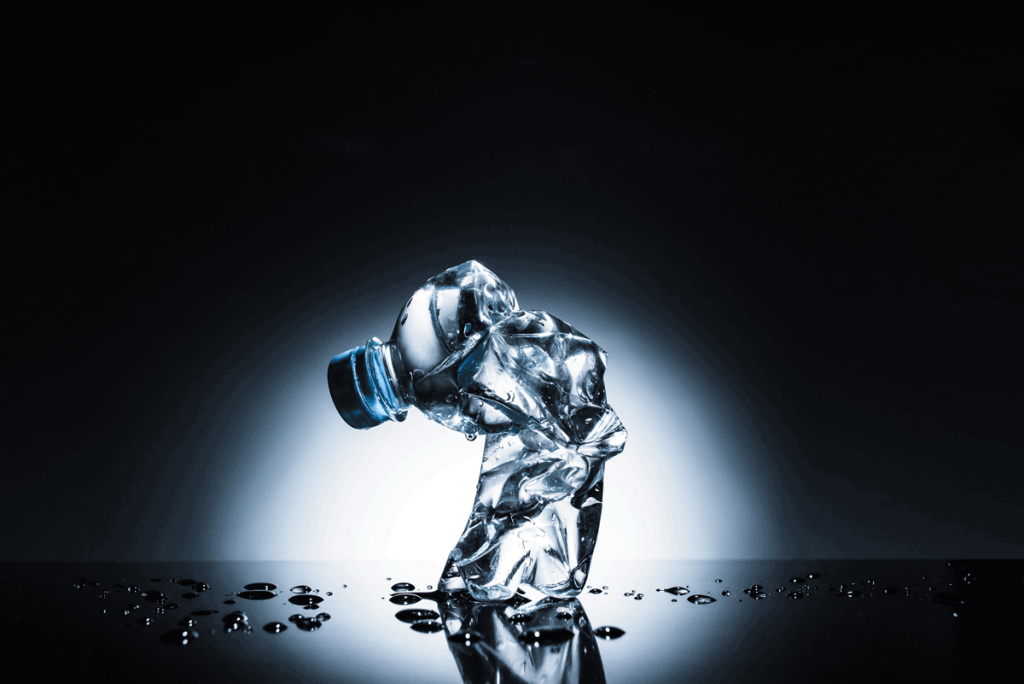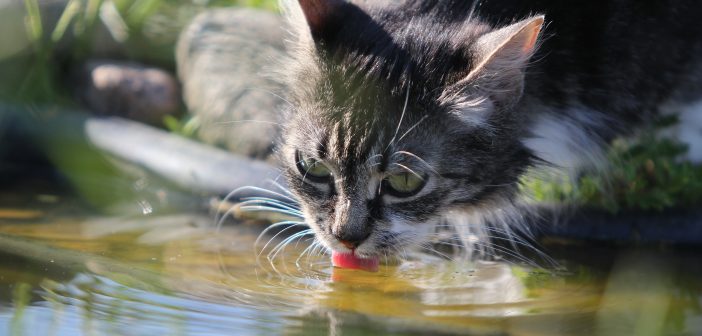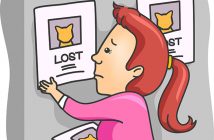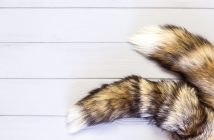MORE THAN A MATTER OF THIRST
by Shannon Hines, DVM
Dehydration, or not enough water, can literally be a matter of life and death. We mammals are dependent on water for our very existence. Water is the ultimate solvent, lubricant and transport medium of the body. It makes all biochemical reactions in every cell of the body possible.
And when the body doesn’t have enough water – or loses more water than it takes in – nothing can function properly.
Causes of dehydration include several disease states, kidney disease and diabetes are probably the most well known, as well as vomiting and/or diarrhea. But infections and many medications will affect hydration and the ability of the body to maintain normal fluid balance. Hyperthermia is a major cause of dehydration, especially this time of year, as the body attempts to cool itself through panting and sweating. The inability to drink or swallow, due to injury or lesions of the mouth and throat may be a cause, as well as lack of access to water.
Bowls that are either too deep or easily tipped over, or not having enough water bowls, can be an issue. Water temperature may play a role in the amount a cat will drink. Some cats prefer running or dripping water. And there are fountains made just for cats to drink from.
Cats, although evolved from desert dwellers, still need access to fresh water daily. This is sometimes overlooked by those feeding outdoor cats or ferals. In our area and this time of year, or even in the middle of winter, outdoor cats may not always be able to find drinkable water. Cats can get some moisture from wet or fresh food, but a diet of only dry food actually increases the demand for water in order to process and digest.
No matter what the cause, cats are quite sensitive to dehydration which, by the time it shows up clinically, is a problem. Dry gums, sunken eyes, and skin tenting are all signs of clinical dehydration and should be treated immediately. Treatment includes addressing the cause as well as giving fluids intravenously or subcutaneously. Depending on the condition, ongoing fluid therapy may be called for, or may be needed intermittently.
It’s always a good idea to feed canned or fresh food, which naturally provides moisture. If a cat will only eat dry food, it’s important to make sure the cat gets plenty of fresh water and actually drinks it, to help with digestion and prevent dehydration. Some cats will accept moistened dry food, but in typical cat fashion, some may not.
So for cats, a fresh drink of water on a hot summer day is more than just a thirst quencher, it’s actually a life saver!




